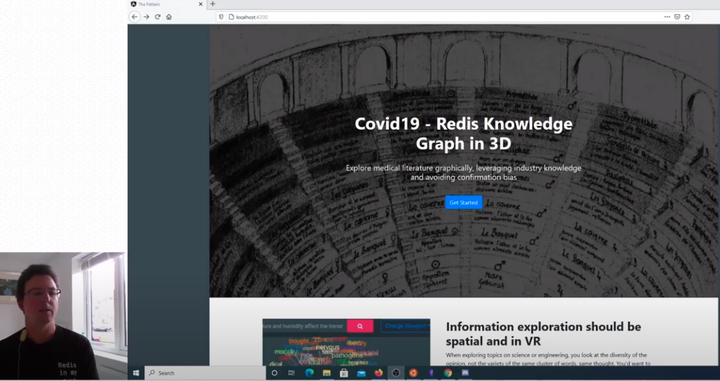The Pattern: Machine Learning Natural Language Processing meets VR/AR
 Project screenshot
Project screenshotThe challenge
The medical profession put a lot of effort into collaboration, starting from Latin as a common language to industry-wide thesauruses like UMLS. Yet if full of scandals where publication in the prestigious journal would be retracted and the World Health Organisation would change its policy advice based on the article. I think “paper claiming that eating a bat-like Pokémon sparked the spread of COVID-19” takes a prize. One would say that editors in those journals don’t do their job, and while it may seem true, I would say they had no chance: with a number of publications about COVID (SARS-V) passing 300+ per day, we need better tools to navigate via such flow of information.
When I am exploring topics on science or engineering, I look at the diversity of the opinion, not the variety of the same cluster of words, same thought. I want to avoid confirmation bias. I want to find articles relevant to the same concept, not necessarily the ones which have similar words. My focus is to build a natural language processing pipeline, capable of handling a large number of documents and concepts, incorporating System 1 AI (fast, intuitive reasoning) and System 2 (high-level reasoning) and then present knowledge in a modern VR/AR visualisation. Search or rather information exploration should be spatial preferably in VR (memory palace, see Theatre of Giulio Camillo). A force-directed graph is a path towards it, where visuals are assisted by text — relevant text pops up on the connection and where people explore the concepts and then dig deeper into text. The purpose of the pipeline that knowledge should be re-usable and shareable.




